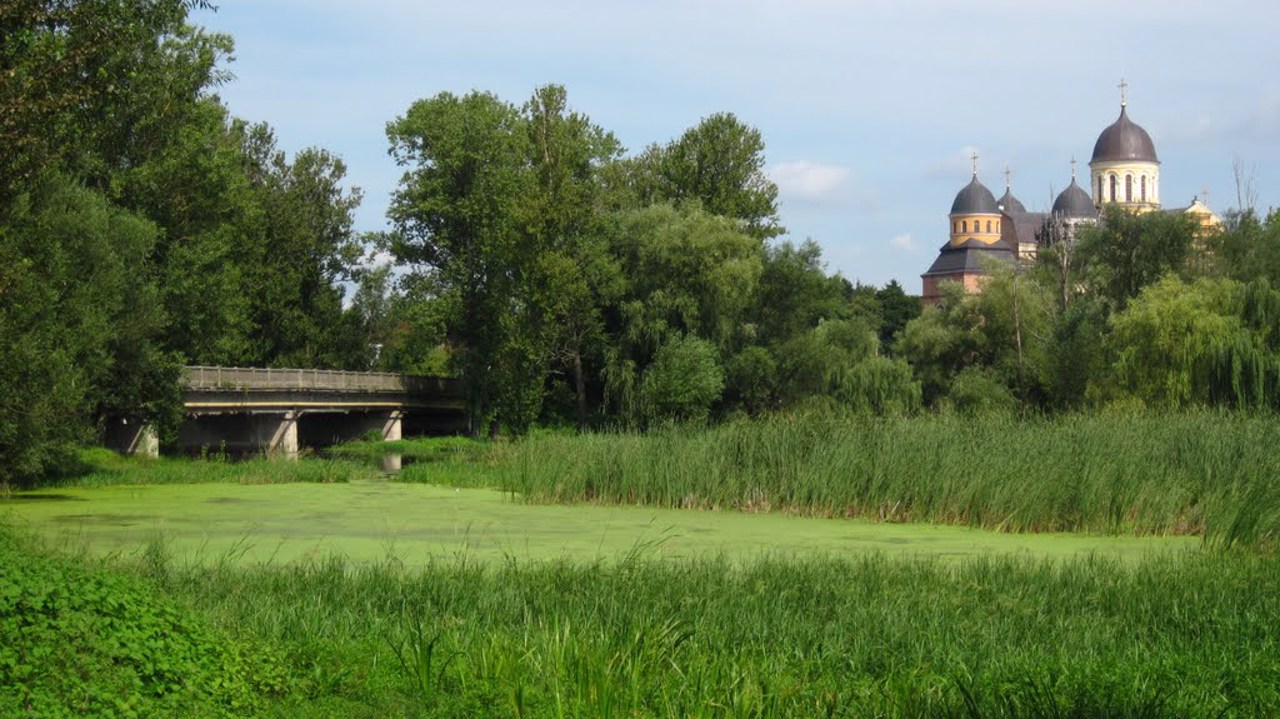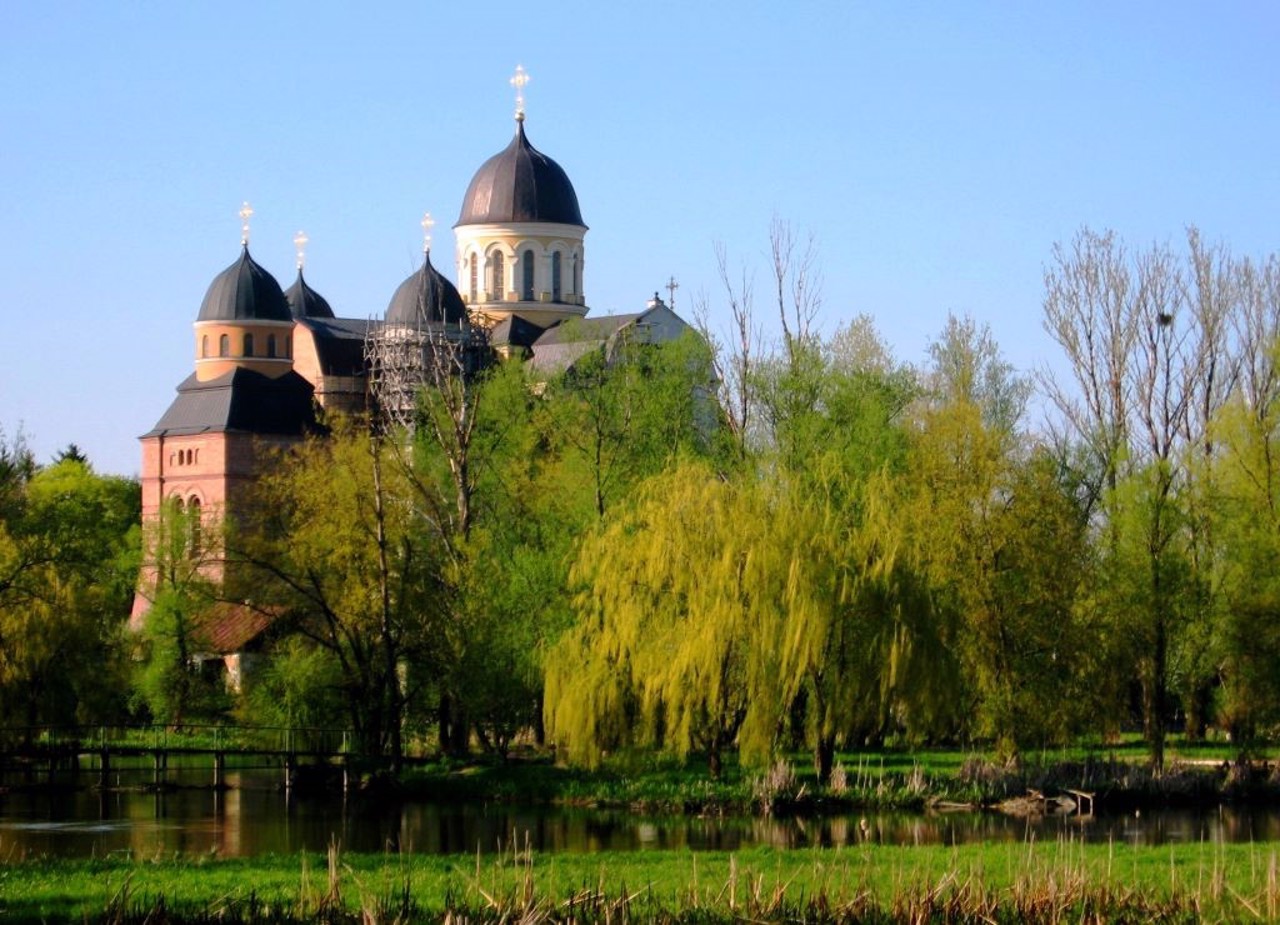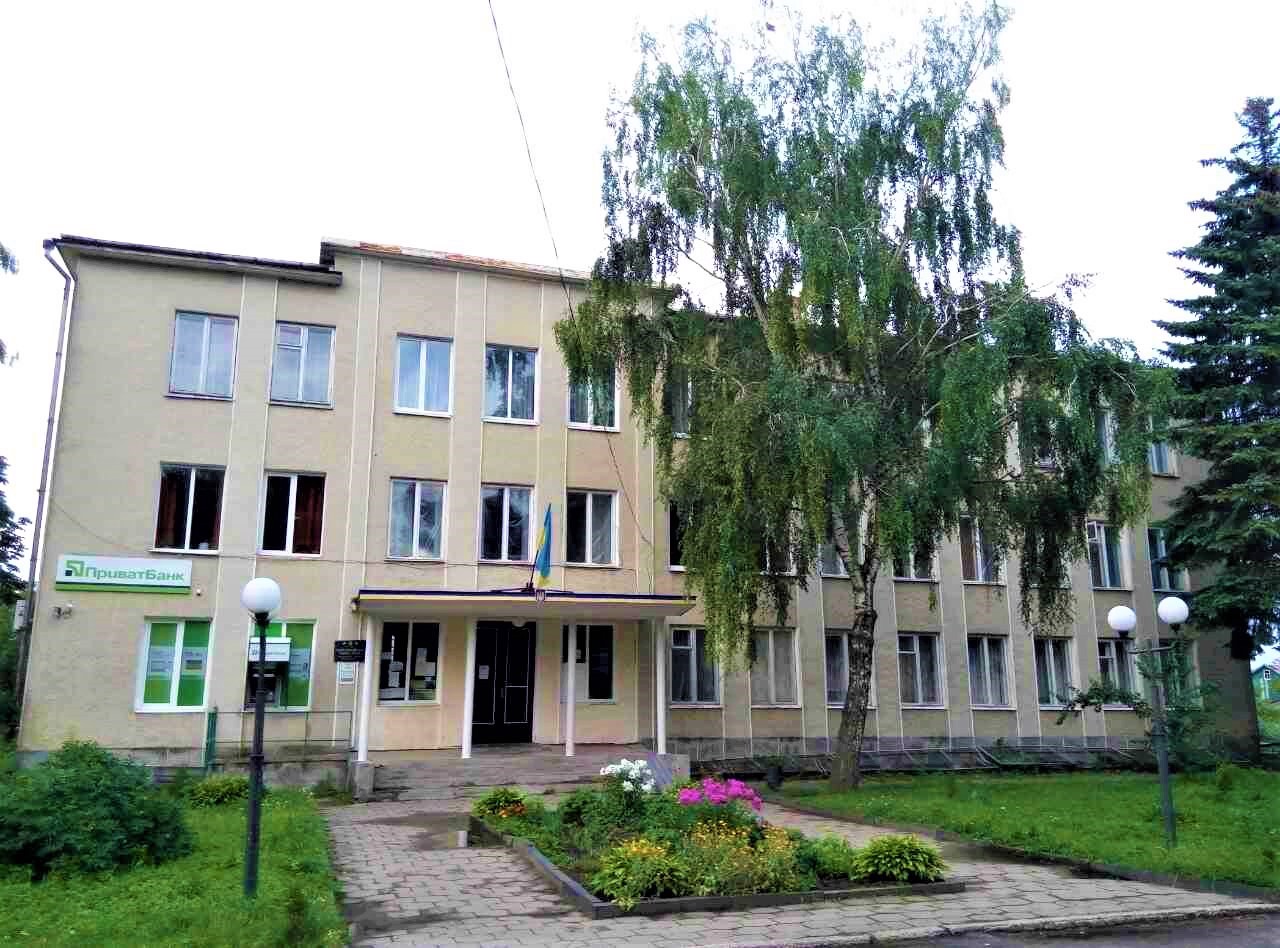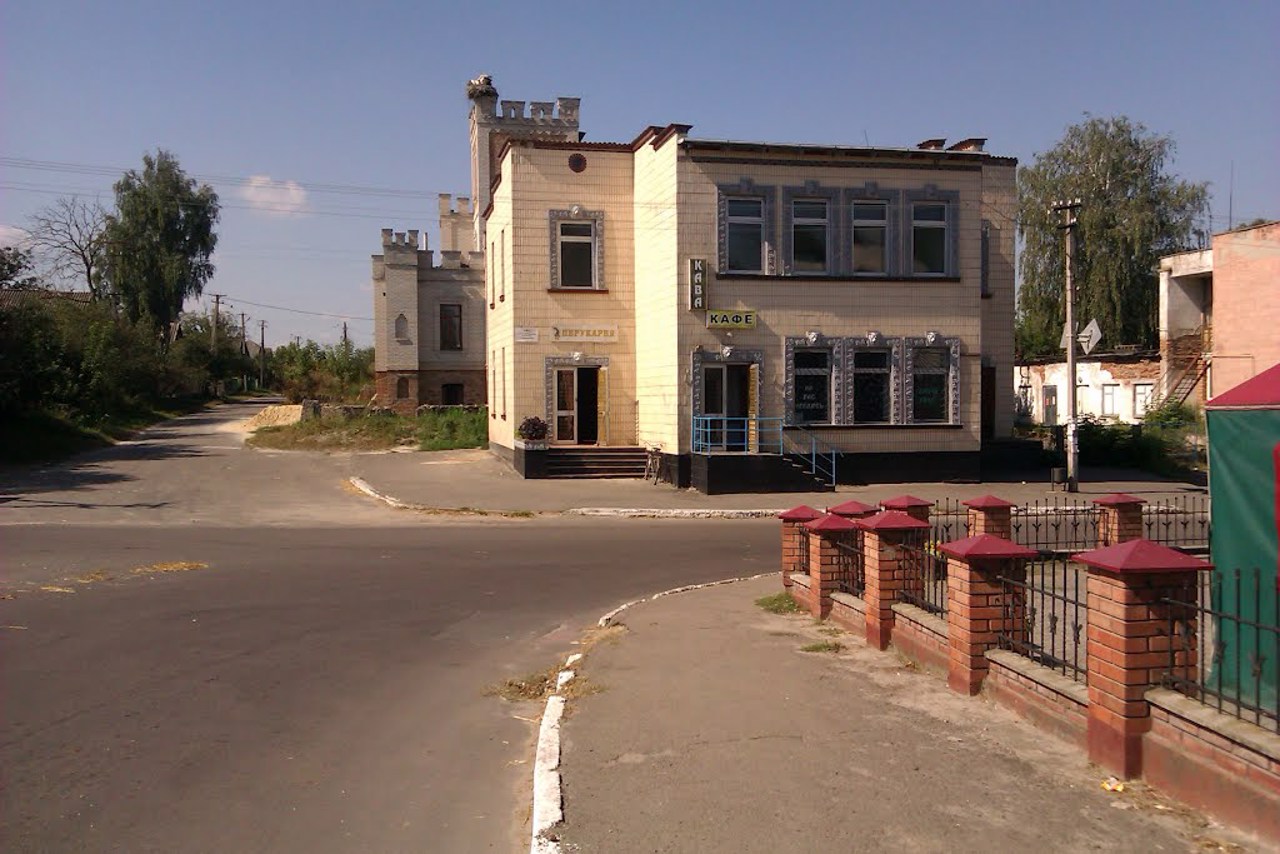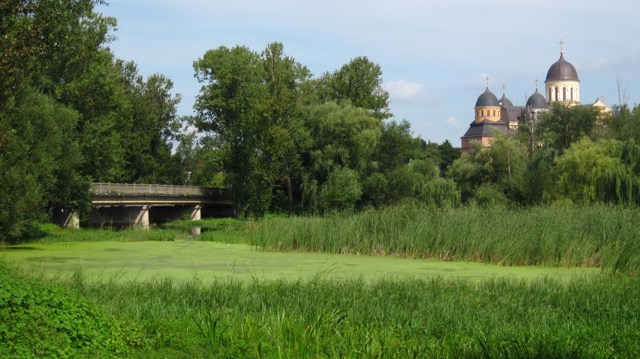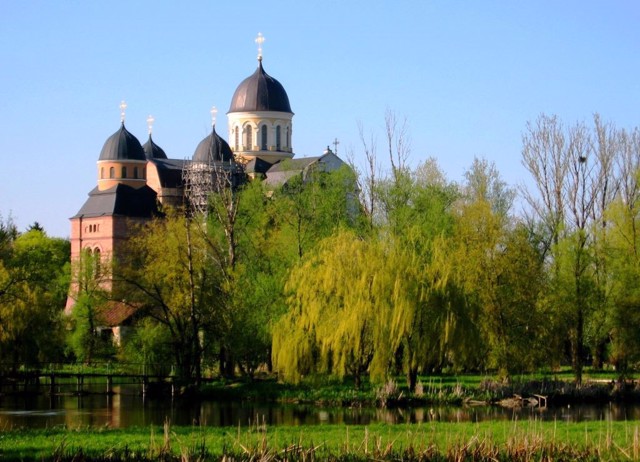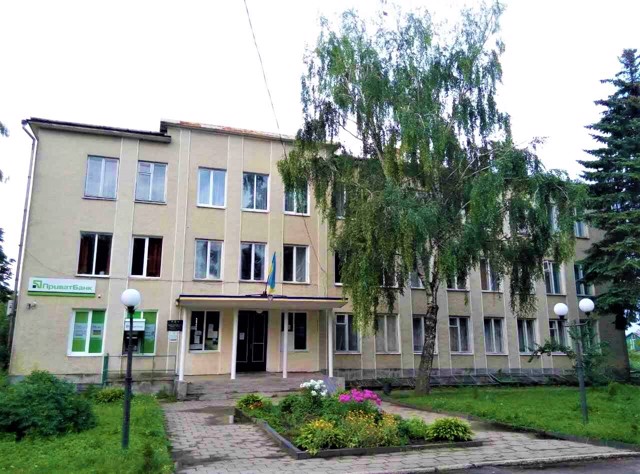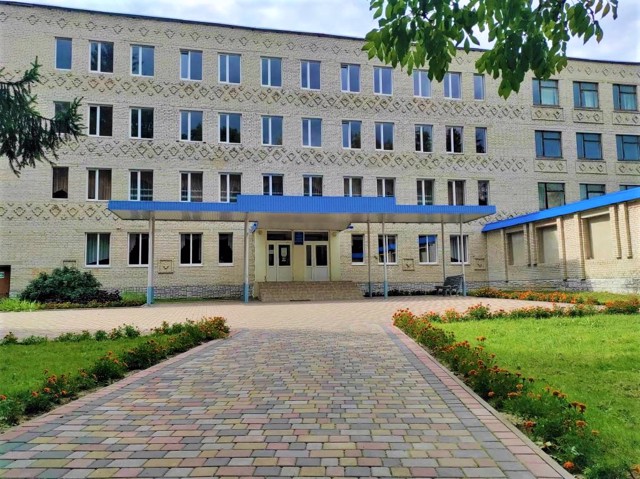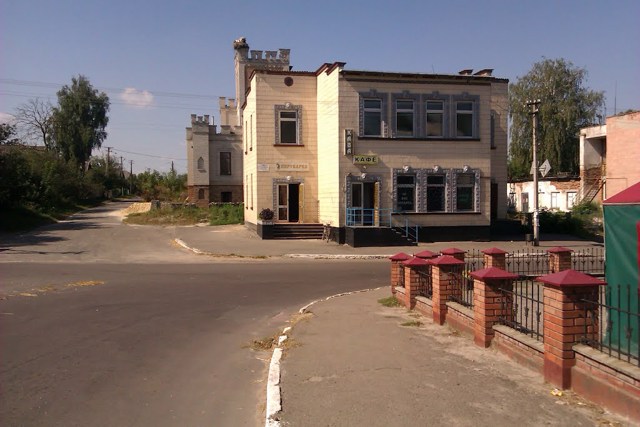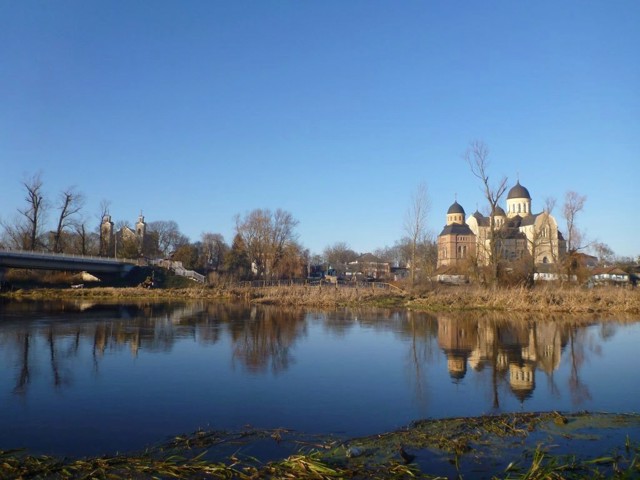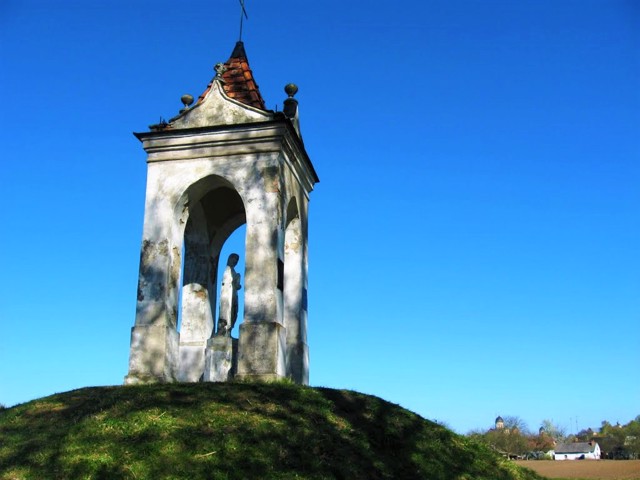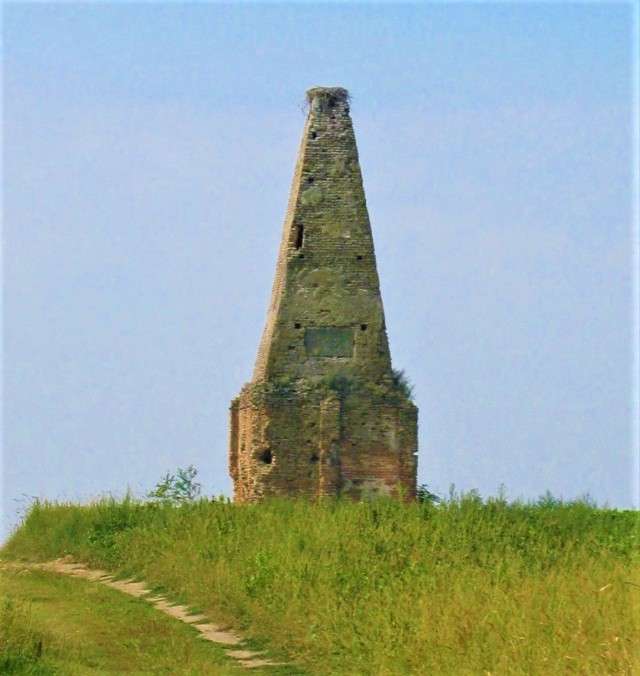Functional temporarily unavailable
General information about Berestechko
The historical city of Berestechko is located 60 kilometers south of Lutsk.
According to one version, it was founded by immigrants from Brest. According to another version, the name is connected with the fact that there was a lot of birch in the surrounding forests.
Berestechko arose as a suburb of the ancient city of Peremyl (now a village), it was first mentioned in 1445. Since the 15th century, Berestechko belonged to the Bohovytins, and in 1544 it became the property of the Pronsky princes and soon received Magdeburg rights.
A psycho-neurological boarding school is now located on the territory of the Pronsky estate. On the grave of Oleksandr Pronsky, who was a Calvinist, a stone obelisk chapel ...
The historical city of Berestechko is located 60 kilometers south of Lutsk.
According to one version, it was founded by immigrants from Brest. According to another version, the name is connected with the fact that there was a lot of birch in the surrounding forests.
Berestechko arose as a suburb of the ancient city of Peremyl (now a village), it was first mentioned in 1445. Since the 15th century, Berestechko belonged to the Bohovytins, and in 1544 it became the property of the Pronsky princes and soon received Magdeburg rights.
A psycho-neurological boarding school is now located on the territory of the Pronsky estate. On the grave of Oleksandr Pronsky, who was a Calvinist, a stone obelisk chapel - "Brick Pillar" - was installed.
The next owners of Berestechko, Counts Leshchynski, were also Protestants, under whom the city became one of the largest centers of Socinianism in the Polish-Lithuanian Commonwealth. The chapel of Saint Tekla was built in the 17th century.
The manor of Prince Rinchinsky (now the library of PTU-27), the Trinity Church (XVII century), the Saint George's and the Trinity churches have also been preserved.
The city gained widespread popularity thanks to the famous Battle of Berestechko, in which the Polish army of King Jan Casimir defeated the Cossack army of Hetman Bohdan Khmelnytsky after the betrayal of the Crimean Khan Islam III Girey. The memorial in honor of the fallen Cossacks is located on the Berestetska battlefield in the nearby village of Pliasheva.
Історичне містечко Берестечко розташоване в 60 кілометрах на південь від Луцька.
За однією з версій, засноване переселенцями з Бреста. За іншою версією, назва пов'язана з тим, що в навколишніх лісах було багато берести.
Берестечко виникло як передмістя стародавнього міста Перемиль (зараз село), вперше згадується в 1445 році. З XV сторіччя Берестечко належало Боговитіним, а в 1544 році перейшло у власність князів Пронських і незабаром отримало Магдебурзьке право.
На території маєтку Пронських зараз розміщується психо-неврологічний інтернат. На могилі Олександра Пронського, який був кальвіністом, встановлена кам'яна каплиця-обеліск - "Мурований стовп".
Протестантами були і на ...
Історичне містечко Берестечко розташоване в 60 кілометрах на південь від Луцька.
За однією з версій, засноване переселенцями з Бреста. За іншою версією, назва пов'язана з тим, що в навколишніх лісах було багато берести.
Берестечко виникло як передмістя стародавнього міста Перемиль (зараз село), вперше згадується в 1445 році. З XV сторіччя Берестечко належало Боговитіним, а в 1544 році перейшло у власність князів Пронських і незабаром отримало Магдебурзьке право.
На території маєтку Пронських зараз розміщується психо-неврологічний інтернат. На могилі Олександра Пронського, який був кальвіністом, встановлена кам'яна каплиця-обеліск - "Мурований стовп".
Протестантами були і наступні господарі Берестечка графи Лещинські, за яких місто стало одним з найбільших в Речі Посполитій центрів соцініанства. Каплиця Святої Теклі споруджена в XVII столітті.
Також збереглася садиба князя Рінчинського (зараз бібліотека ПТУ-27), Троїцький костел (XVII століття), Георгіївська та Троїцька церкви.
Місто отримало широку популярність завдяки знаменитій битві під Берестечком, в якій польська армія короля Яна Казимира розбила козацьке військо гетьмана Богдана Хмельницького після зрада кримського хана Іслама III Гірея. Меморіал на честь полеглих козаків знаходиться на Полі Берестецької битви в сусідньому селі Пляшева.
Сплануй своє перебування у Berestechko
What to see and where to go in Berestechko
Tourist attractions and museums of Berestechko
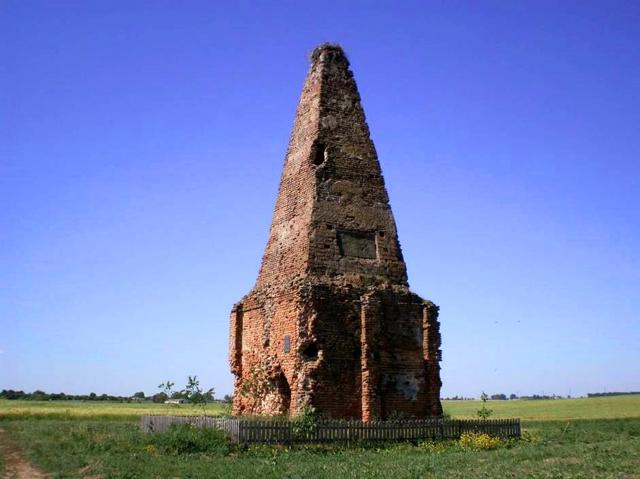
Brick Pillar
Monument
The "Brick Pillar" on the western edge of the city of Berestechko is an obelisk chapel on the grave of Oleksandr Pronsky, the son of the city's founder.
Pronsky was a Calvinist Protestant. Returning from Rome in 1595, he gave the Catholic church in Berestechka to the Calvinists. His heir Andriy Leshchynsky was also a follower of Calvinism, under him Berestechko became one of the main centers of Socinianism (Arianism) - a radical trend in Protestantism.
The "Brick Pillar" on Pronsky's grave is a unique Socinian landmark that has not been preserved anywhere else in the world. The 16-meter obelisk is built of solid brick on cement masonry. The inscription on the north side is preserved: "Oleksandr Fridrikhovych Pronsky, from Kastelian, died in 1601, the last days of March."
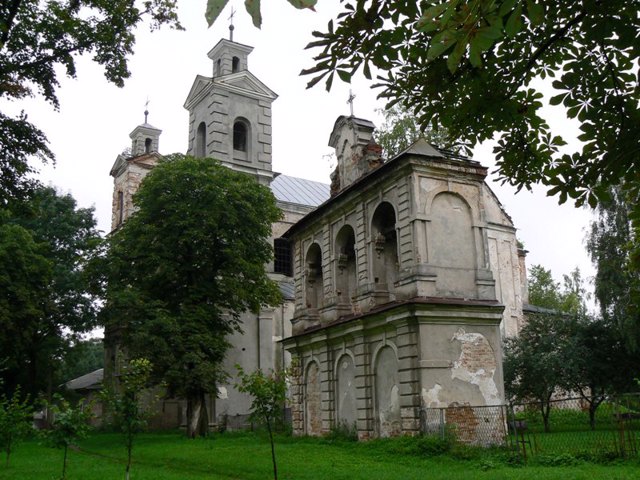
Holy Trinity Church
Temple , Architecture
The Church of the Holy Trinity is part of the monastery complex, founded in the 18th century in honor of the victory of the Poles in the Battle of Berestechko.
The massive and at the same time elegant temple is made in Rococo style. The bell tower and cell building are located nearby.
According to legend, an underground passage from the church led to the estate of Prince Pronsky, which is located nearby, and another passage stretched for 2 kilometers to the estate of Prince Rynchynsky.
Today, the Trinity Church belongs to the Greek Catholics.

Saint Tekla Chapel
Temple , Monument
The chapel of Saint Tekla is located on a small mound on the western edge of the city of Berestechko.
The mound was built in memory of the tragedies of 1658, when the Tatars destroyed the city and captured 750 of its inhabitants, including 43 nuns of a Catholic monastery with an abbess named Teklya. According to legend, about half a thousand captured girls (Ukrainian and Polish girls) refused to follow the invaders and were executed, and the Tatars used their bodies to make a way for passage through the swamp.
The chapel, built in 1698 on the grave of tortured girls, was named after the first martyr Saint Tekla.

Berestechko Historical Museum
Museum / gallery
The Berestechko People's Historical Museum was founded in 1963 by the local historian Hryhoriy Fylypovych, and since 2019 it has been located in the premises of the Culture and National Memory Center of the Berestechko City Council.
The museum's holdings include about 1,500 objects, the most interesting of which are presented in three exhibition halls. The exposition of the first hall tells about life in this area from the Neolithic to Cossack times, in particular about the Battle of Berestechko in 1651.
In the second hall, crafts, trade and bourgeois life of the late 19th and early 20th centuries are presented.
The third hall is dedicated to the events of the First and Second World Wars, the liberation struggle of the UPA soldiers, and the current events of the Russian-Ukrainian war.
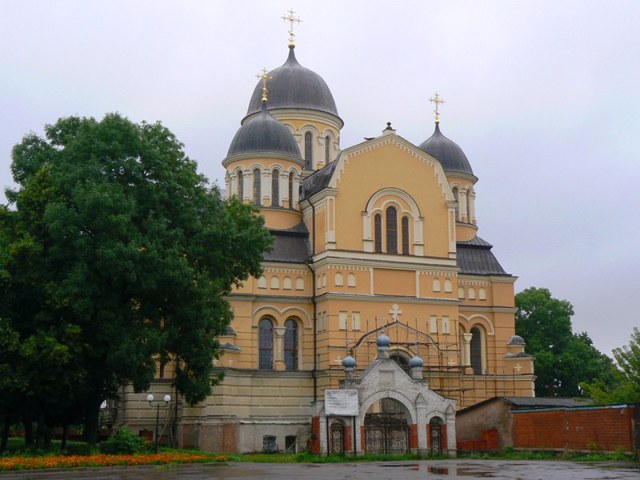
Holy Trinity Cathedral
Temple , Architecture
The majestic Holy Trinity Cathedral in Berestechko was founded in 1910 in memory of the Cossacks who died in the Battle of Berestechko in 1651.
The three-level Trinity Church was supposed to be a copy of the Volodymyr Cathedral in Kyiv. Before the beginning of the First World War, they did not have time to complete the construction. The Polish authorities allowed the completion of only the underground part and the first tier, because after the completion of the upper tier, the Orthodox cathedral would overshadow the neighboring Catholic church.
Only in the 1930s, a temporary roof was built over the unfinished cathedral. In this form, it existed until 1995 (it was closed from 1960 to 1990). Currently, the construction of the Trinity Cathedral has been completed, although the original project has not been found.
The cathedral looks especially impressive from the opposite bank of the river.
Reviews Berestechko
Очень красивое место но минус в том что некоторые хозяины не умеют нормально выгуливать собак и держать на поводке
Geographical information about Berestechko
| {{itemKey}} | {{itemValue}} |
|---|---|
| Region |
Volyn |
